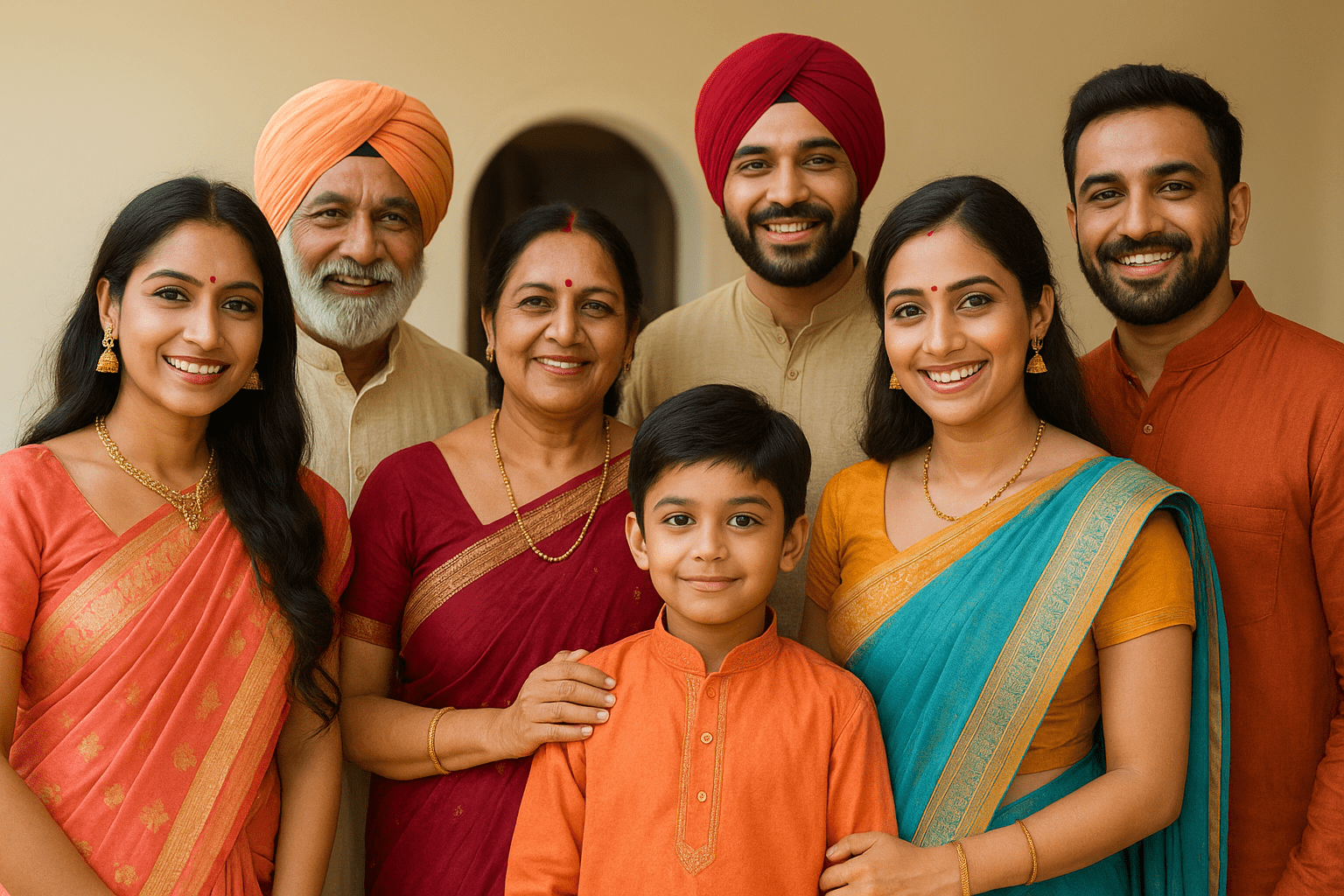
A Royal Affair: Unveiling Rajput Wedding Traditions with Grandeur & Grace
A Royal Affair: Unveiling Rajput Wedding Traditions with Grandeur & Grace
Among India’s diverse cultural tapestries, Rajput weddings stand out for their royal elegance, deep-rooted traditions, and poetic beauty. Inspired by centuries-old warrior culture and aristocratic pride, a Rajput marriage is more than a union—it’s a regal celebration that fuses chivalry with sacred rituals.
Rajput Wedding Rituals: Steeped in Valor and Grace
Rajputs, primarily from Rajasthan, follow Hindu customs with distinct martial influences and age-old codes of honor. A typical Rajput wedding is imbued with Vedic rituals, family honor, and celestial blessings.
Key Rituals Include:
- Tika Ceremony: The groom’s family visits the bride’s family, applying a saffron mark (tika) on the groom’s forehead, symbolizing acceptance and respect.
- Ganpati Sthapana: Beginning with invoking Lord Ganesha for an auspicious start.
- Paon Dhoi: A traditional feet-washing ritual conducted for the groom by the bride’s female relatives.
- Pheras under a Canopy of Swords: A unique Rajput touch where the couple takes rounds around the sacred fire amidst raised swords—honoring martial history.
- Bidai: An emotional farewell with the bride leaving her parental home on a beautifully adorned palanquin or regal car.
You can explore more about similar cultural practices in Rajasthani wedding rituals across regions.
Attire of Royal Elegance
No Rajput wedding is complete without jaw-dropping traditional attire:
- The Bride stuns in lehengas with intricate gota-patti embroidery, often in bright red, orange, or maroon. Heavy kundan and polki jewelry, borla maang tikka, and chooda (bangles) complete the regal look.
- The Groom dons a sherwani with a matching turban, often with a safa and sword. A brooch called sarpesh is pinned on his turban, styled as a symbol of nobility.
For more style inspiration, visit our galleries on bridal lehengas for Indian brides.
Cultural Significance and Family Bonds
Rajput weddings are as much about family values as they are about opulence. Marriages are pre-arranged, often after comprehensive compatibility checks. Matrimonial alliances are seen as a way of strengthening community ties.
Every ritual involves elders blessing the couple, showcasing the respect accorded to age and lineage. Loyalty, honor, and tradition are the foundations upon which Rajput households are built.
Music, Dance, and Festive Buzz
Music is at the heart of Rajput weddings. Mehandi nights and Sangeet evenings feature:
- Performances of Ghoomar dance by women in swirling lehengas
- Folk tunes using instruments like dholak and shehnai
- Live traditional Rajasthani music in the wedding procession
If you enjoy musically rich rituals, also explore our post on South Indian wedding ceremonies featuring Nadaswaram and classical music.
Culinary Feast: A Royal Spread
The wedding feast at a Rajput function is nothing short of a magnificent spread celebrating both heritage and hospitality.
- Laal Maas: A fiery mutton curry that defines Rajput cuisine.
- Gatte ki Sabzi and Ker Sangri: Distinct vegetarian delicacies using local desert ingredients.
- Daal Baati Churma: A classic trio loved across Rajasthan.
- Thandai and Rabri: Traditional drinks and desserts to cool the palate.
Explore more Indian wedding food traditions from other communities.
Embracing Custom With Contemporary Grace
Today’s Rajput couples gracefully blend tradition with modern sensibilities. While grand forts still serve as wedding venues, couples are also opting for boutique palaces and destination settings.
Yet, what remains unchanged is the proud Rajput spirit—valuing heritage, honoring family, and celebrating love with ageless dignity.
Looking to begin your royal romance? Find your perfect match today on our trusted matrimonial platform.
Also read our insights on Punjabi wedding energy and Marathi cultural rituals for a broader view of India’s wedding wonders.
